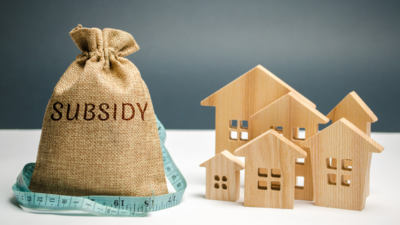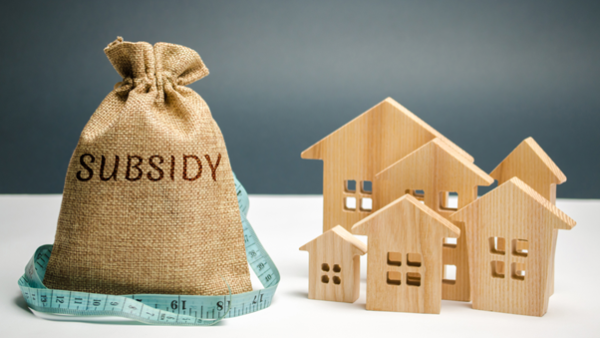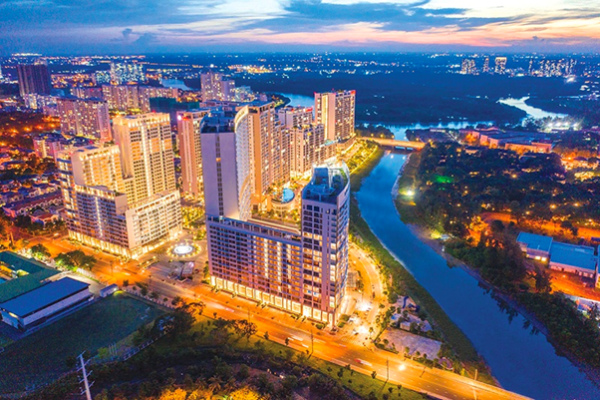TACHAN
- 8 August, 2023
- by Admin
Strategies for Foreign Investors to Navigate Cultural and Language Barriers in the Vietnamese Construction Sector
For foreign investors entering the Vietnamese construction sector, cultural and language barriers can present significant challenges. Understanding and effectively navigating these barriers is crucial for building successful partnerships, establishing strong relationships, and ensuring the smooth execution of construction projects. In this post, we will discuss strategies that foreign investors can employ to overcome cultural and language barriers in the Vietnamese construction sector.
Invest in Cultural Understanding:
a. Conduct Cultural Research: Prioritize conducting comprehensive research on Vietnamese culture, customs, and business practices. Understanding the values, traditions, and etiquette will help foreign investors establish rapport and build trust with local partners.
b. Localize Communication: Invest in language training or hire local interpreters and translators who can facilitate effective communication. Ensuring clear and accurate communication will help avoid misunderstandings and foster better collaboration.
Build Local Relationships:
a. Establish Local Partnerships: Partnering with local companies that have a strong network and understanding of the Vietnamese construction sector can provide valuable insights and help navigate cultural nuances. Local partners can assist in relationship-building efforts and act as intermediaries when negotiating contracts and resolving conflicts.
b. Engage Local Professionals: Hire local professionals, such as lawyers, consultants, and project managers, who possess a deep understanding of the local business environment. Their expertise can help foreign investors navigate legal and regulatory processes while providing guidance on cultural sensitivities.
Embrace Cross-Cultural Competence:
a. Be Open-Minded: Embrace an open-minded approach and demonstrate a willingness to adapt to local customs and practices. This can help build credibility and foster a positive working relationship with Vietnamese counterparts.
b. Foster Relationship-Oriented Approach: Vietnamese business culture places a strong emphasis on relationships and trust. Invest time in building personal connections through socializing, networking events, and attending local industry gatherings. This will contribute to a more collaborative and harmonious working environment.

Leverage Technology and Tools:
a. Use Translation and Communication Tools: Employ translation and communication tools to bridge language barriers during meetings, negotiations, and project management. Utilize language translation apps, software, and project management platforms that offer multilingual capabilities.
b. Embrace Digital Collaboration: Leverage digital collaboration platforms to streamline communication and project coordination. Virtual meetings, video conferences, and cloud-based document sharing platforms can facilitate effective communication among team members from different cultural backgrounds.
Adapt to Local Practices:
a. Respect Local Decision-Making Processes: Recognize that decision-making processes in Vietnam may differ from those in your home country. Be patient and adapt to the local decision-making culture, which often involves consensus-building and hierarchical structures.
b. Understand Time Orientation: Vietnamese culture often places importance on building long-term relationships. Understand that decision-making and project timelines may differ, and be prepared to navigate potential delays while maintaining effective communication.
Successfully navigating cultural and language barriers is crucial for foreign investors in the Vietnamese construction sector. By investing in cultural understanding, building local relationships, embracing cross-cultural competence, leveraging technology and tools, and adapting to local practices, foreign investors can overcome these barriers and establish a strong presence in the Vietnamese construction industry. By doing so, they can capitalize on the sector’s growth and maximize their investment potential.
- Tags:
Related news









